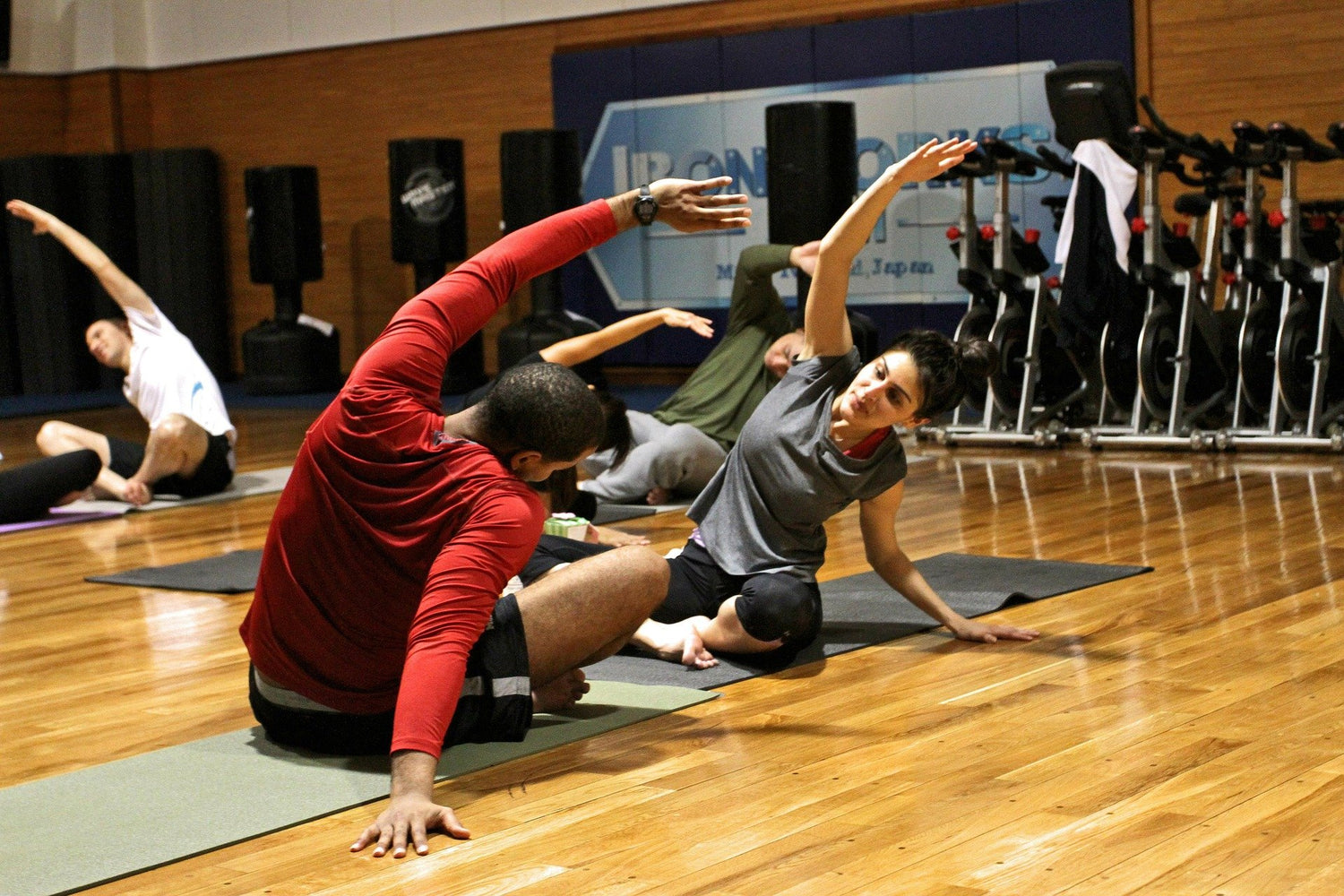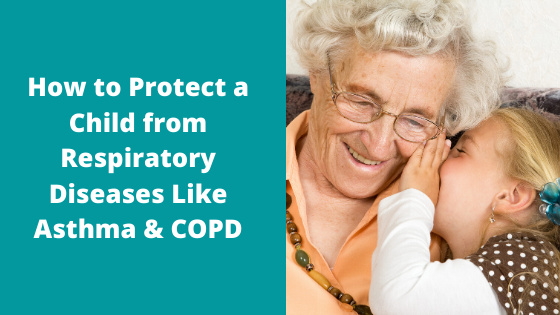Respiratory Resource Center - LPT Medical
10 of the Necessities You Need For Managing COPD in 2023
Are you or a loved one living with...
Read MoreTracking how Chronic Obstructive Respiratory Disease Will Impact your Mental Health
Chronic Obstructive Pulmonary Disease (COPD) is a chronic...
Read MoreHow to Protect a Child from Respiratory Diseases Like Asthma & COPD
If you are a parent or guardian, then...
Read More

